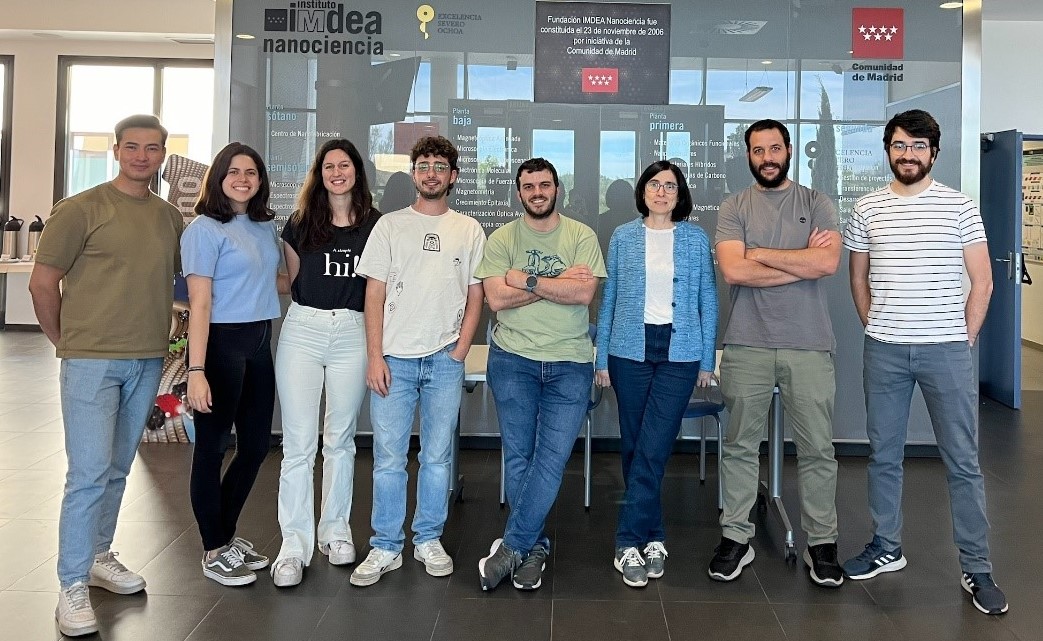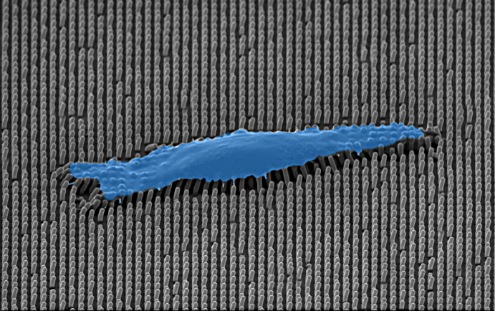Nanostructured Functional Surfaces

The Nanostructured Functional Surfaces group leverages on nanofabrication technologies and particularly emphasizes on cost-effective scalable process to develop surface structured materials with new functionalities or with improved ones. Much of the work in the group is inspired on natural functional surface structures.
The special competencies of the group include surface patterning techniques such as nano-imprint lithography, soft lithography and molecular patterning.

Presently the group is active on the following research areas:
- Nano-engineered functional surfaces for biomedical applications, particularly including the development of biomimetic bactericidal functionalities (Adv. Mater. Interfaces 2022) and topographies capable of directing cellular responses (Adv. Mater. Interfaces 2021).

- Development of tumor-on-a-chip microfluidic devices as in vitro platforms for the characterization of the diffusive transport of nanomedicines for cancer treatment (Advanced NanoBiomed Research 2023).

- Multifunctional biomimetic surfaces. The group is developing the methodology to impart onto polymer nanocomposites additional surface properties, particularly those of super-hydrophobicity and self-cleaning based on bio-inspired surface nanotexturing (Sci. Rep. 2017). The program is also focused on up-scaling the methodology using roll to roll nanoimprint technology (Sci. Rep. 2021).

- Polymer nanoimprinting for optical applications such as antireflective surfaces (Nanoscale 2018), polymer DFB lasers (npj Flex Electron 2019) and Fresnel lenses (Opt. Express 2021) in collaboration external groups.




